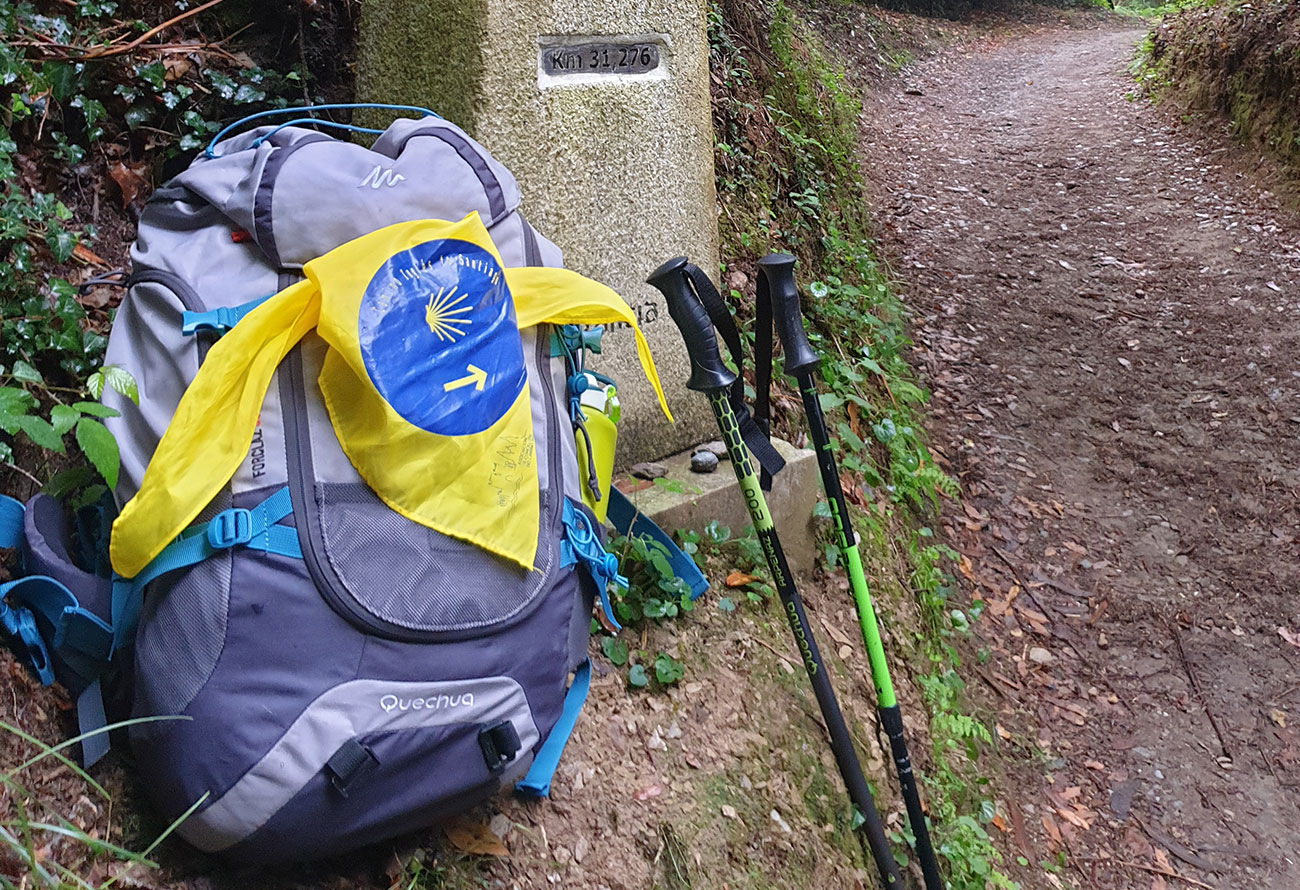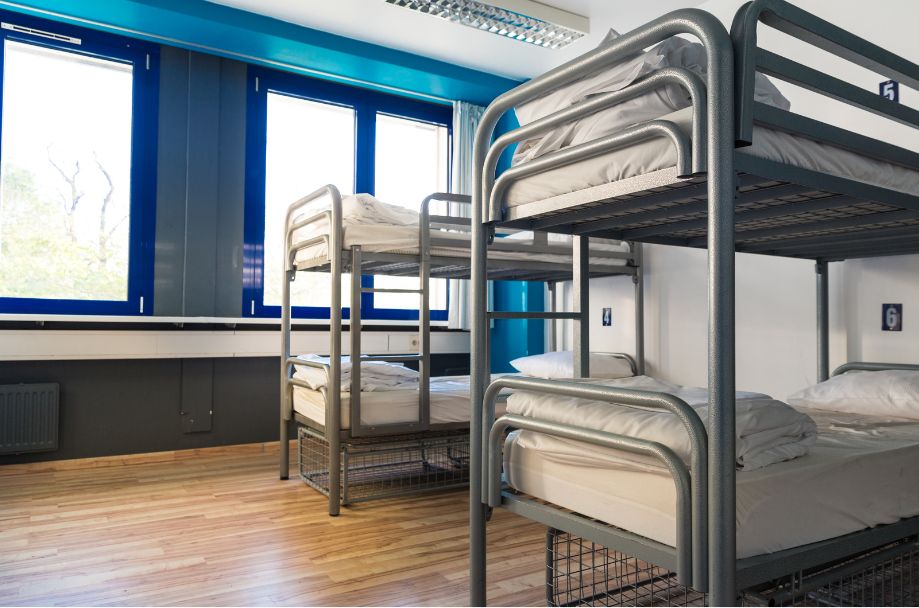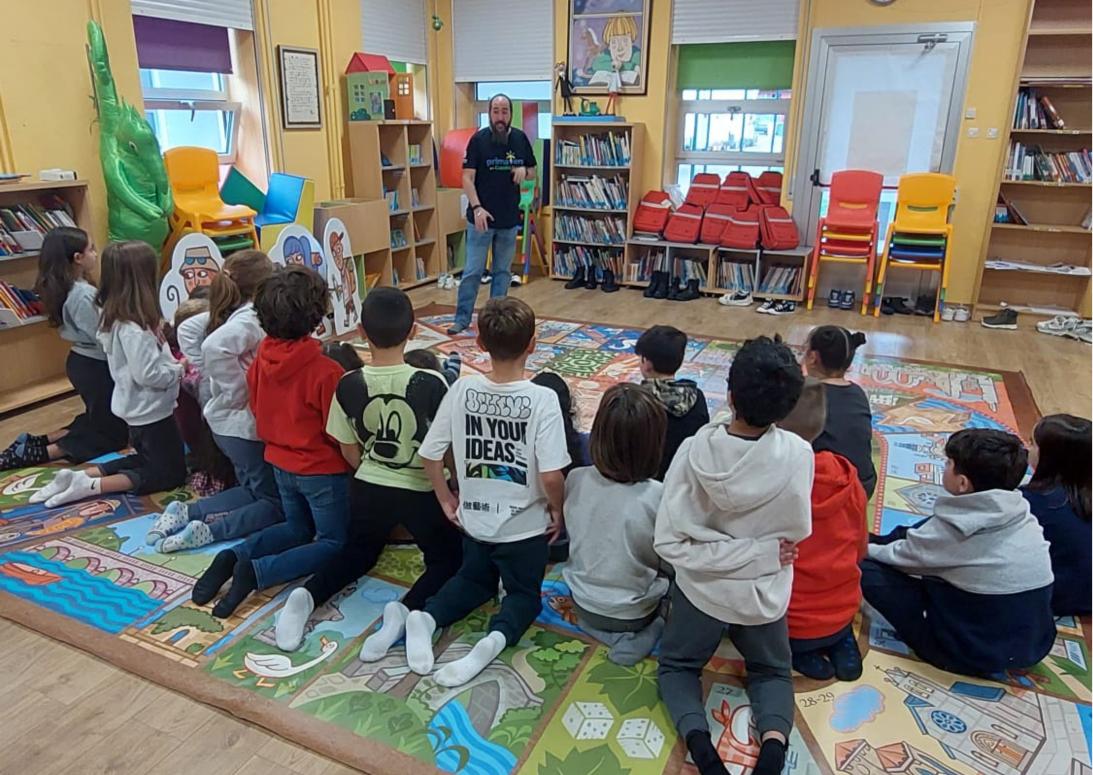Here are our recommendations so that you are fully equipped for the Camino (…but also so that you are not left looking for a post office on arrival to get someone to send you what you have forgotten!)
Backpack:
Along with footwear it should be absolutely prioritised. It is very important that it is comfortable and not too heavy (they say that it should not exceed 10% of the weight of the pilgrim). As for the capacity, about 30-40 litres is more than enough. We recommend those that have additional pockets to distribute the load and that have special straps and lumbar padding. Remember: the bigger it is, the more stuff you're going to put in it. Forget any "just in case" items.
Footwear:
This is one of the most important aspects of preparation. In our opinion, we believe that proper walking shoes/boots are the most suitable for walking along the paths of the Camino Inglés. It is advisable that are breathable, but water resistant too. They should be adequately broken-in before starting your adventure. Those who do the Camino with inappropriate footwear may end up abandoning it through discomfort.
Three pairs of socks (without seams), neither too thick nor too thin.
Pilgrim top-tip: Use mentholated Vaseline to massage your feet and legs after showering at the hostel in order to relax and prepare you for the next stage.
Outdoor trousers:
These need to be practical and comfortable as you will be walking in them every day. Convertible trousers are ideal. Depending on the season it might be advisable to take waterproof trousers.
Shorts:
They can be used to sleep in, to walk in on the warm days or to plunge into any of the pools or rivers that you come across along the Camino de Santiago!
Pilgrim top-tip: Avoid chafing between the legs because of the trouser seams, we recommend that you pack a pair of lycra tights like the ones used for cycling, but without the padding. The downside is increased warmth and increased perspiring.
Sweatshirt or jersey:
This should be comfortable and lightweight, as once you get warmer it might be too much and you will need to tie it around your waist, before you end up storing it in your backpack at the next stop. We recommend taking a windbreaker jacket…
3 x T-shirts:
The one you're wearing, one drying and one dry. All the better if they are breathable T-shirts which dry quickly.
Pegs or safety pins to dry your clothes and a small piece of soap (nice and aromatic…) to wash your clothes.
Three sets of underwear.
Sandals:
Essential for use in the shower at the hostels and to rest your feet after long walks.
Toothbrush and toothpaste.
Deodorant, whatever suits you best (but roll-on deodorants tend to last longer).
Sleeping bag:
If the Camino is done in winter, a good sleeping bag that can withstand low temperatures is recommended. If the Camino is in summer, a light sleeping bag should be sufficient. This, of course, all depends on how much you feel the cold. For weight reasons, we recommend a thin sleeping bag as there will always be blankets in your accommodation. Incidentally, we do not see the need for a sleeping mat as there are usually other options for softening the ground if you have to sleep on the ground.
Pillow cover: not essential but highly recommended unless your sleeping bag already includes a hood.
Chamois towel: low weight, low cost, quick-drying towel - you will not regret it…
Sun protection: highly recommended if doing the Camino in summer.
Documentation:
ID card, health card and bank card. It is also advisable to always carry some cash, but do not go crazy as there are increasingly better services on the Camino and every few kilometres or stages you will have a bank or cash machine at hand.
Mackintosh: one of the thinnest and lightest, recommended just in case an unexpected deluge of water comes to visit us.
Mobile phone and charger:
Carrying a mobile phone can be both an advantage or a burden, depending on your own circumstances. We recommend that you only use your mobile phone if necessary and include a solar charger in your backpack so that you don't have to depend on the sockets when you arrive at the hostel, or an external battery instead that you can charge in your accommodation.
Credential: Essential in order to sleep in the vast majority of public hostels. In some places it is necessary to show it if you want the discounts for pilgrims.
Knife: utility knife if is including a fork and a spoon it would be perfect and we really recommend them for your picnics.
Walking poles or staff
More and more pilgrims are walking them, as they are said to help avoid lower back and joint pain... While the staff throws back to an old tradition, today it may seem a little heavy compared to the lightweight walking poles now available.
Hat or cap: It depends on the circumstances, but we would advise taking a waterproof or breathable hat as in certain weather conditions it may be more suitable. But remember: a large part of our body-heat escapes through the head.
Earplugs: we consider it essential for a good rest.
First aid Kit including plasters, iodine solution, gauze, thread, needle, lighter, sticking plaster and an anti-inflammatory cream or oral anti-inflammatory. Do not forget to bring disinfectant spray/gel, gloves and masks.
Small Torch:
We suggest you take a head-torch, or a dynamo torch (charged by turning a handle) or simply one you can hang up. You never know when it might come in handy. It is advisable to use it outdoors when setting off very early in the morning. If you are one of those who wake up early in the hostel, be respectful of others when using it.
Camera:
If you have a mobile phone with a good quality camera you do not need an additional camera for the Camino. However, if your mobile phone is an older model, bring a basic camera which takes good pictures. Rest assured you will regret it if you do not have any pictures of your Camino experience at all... although you could always do it again so that the memory does not fade...!
Pilgrim top-tip:
In winter, your Camino backpack should not be very different, except for the sleeping bag which has to insulate better for lower temperatures. Pack a thicker jumper and the footwear should be adequate so that muddy stretches do not spoil the walk. For the coldest times of the year it is advisable to walk with gloves, hat, scarf or neck warmer and a good jacket to keep the cold out — lightweight if possible —.




